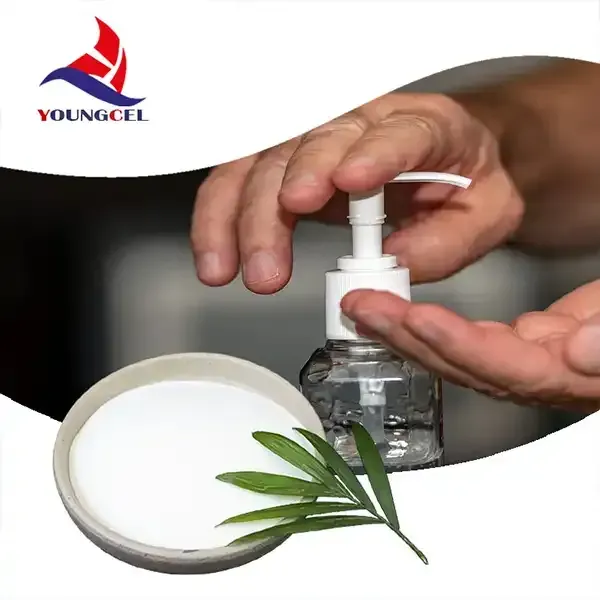Understanding Cellulose Ether Focus on HPMC
Cellulose ethers are a group of chemical compounds derived from cellulose, a biopolymer found in the cell walls of plants. Among these derivatives, Hydroxypropyl Methylcellulose (HPMC) stands out due to its unique properties and wide range of applications. HPMC is a non-ionic, water-soluble polymer that plays an essential role in various industries, including pharmaceuticals, food, construction, and cosmetics.
Chemical Structure and Properties
HPMC is synthesized through the chemical modification of cellulose, which involves replacing hydroxyl groups on the cellulose backbone with hydroxypropyl and methoxy groups. This modification enhances the solubility of cellulose in water, allowing HPMC to dissolve easily and form viscous solutions. The degree of substitution (DS) of methoxy and hydroxypropyl groups can be adjusted during synthesis, leading to variations in viscosity, gel formation, and thermal properties.
The versatility of HPMC can be attributed to its unique physicochemical properties. It is highly soluble in both hot and cold water and imparts a smooth, creamy texture when mixed with other substances. HPMC solutions exhibit pseudoplastic behavior, meaning they decrease in viscosity under shear stress, making them particularly useful in products requiring easy application, such as paints or adhesives. Additionally, HPMC is resistant to heat and maintains stability over a wide pH range, making it suitable for various environments.
Applications of HPMC
cellulose ether hpmc

1. Pharmaceuticals HPMC is widely utilized in the pharmaceutical industry as an excipient in drug formulations. It acts as a thickener, binder, and controlled-release agent, allowing for the sustained release of active ingredients. Its non-toxicity and biocompatibility make it an ideal choice for both oral and topical drug delivery systems.
2. Food Industry In food processing, HPMC serves as a thickener, stabilizer, and emulsifier. It enhances the texture and mouthfeel of various products, including sauces, dressings, and dairy items. HPMC is also used in gluten-free baked goods to improve texture and moisture retention, addressing the needs of those with gluten sensitivities.
3. Construction HPMC plays a crucial role in the construction sector, particularly in the production of cement-based materials. It acts as a water-retention agent and improves the workability and adhesion of mortars and plaster. This property is essential for preventing cracking and ensuring the longevity of construction materials.
4. Cosmetics In the cosmetics industry, HPMC is a popular ingredient in skincare and haircare products. It functions as a thickener and film-forming agent, providing desirable textures and ensuring product stability. Its ability to form a protective barrier on the skin or hair enhances moisturizing effects and ensures longer-lasting formulations.
Conclusion
The significance of Hydroxypropyl Methylcellulose (HPMC) cannot be overstated. Its diverse applications across multiple industries highlight its utility and importance. As research continues to evolve and new formulations emerge, HPMC is likely to play an increasingly critical role in enhancing product performance and sustainability. Whether in pharmaceuticals, food, construction, or cosmetics, HPMC demonstrates the adaptability and functionality of cellulose derivatives, paving the way for innovative solutions in numerous fields.
-
The Application and Significance of Construction RdpNewsMay.19,2025
-
Industrial Grade HpmcNewsMay.19,2025
-
Building Coating Adhesive Building Coating Adhesive HpmcNewsMay.19,2025
-
Application Of Hpmc For Detergent For Detergent In DetergentsNewsMay.19,2025
-
Application Of Hpmc Cellulose In Cement-Based MaterialsNewsMay.19,2025
-
Application Of High Quality Hpmc For Construction In The Field Of ConstructionNewsMay.19,2025




